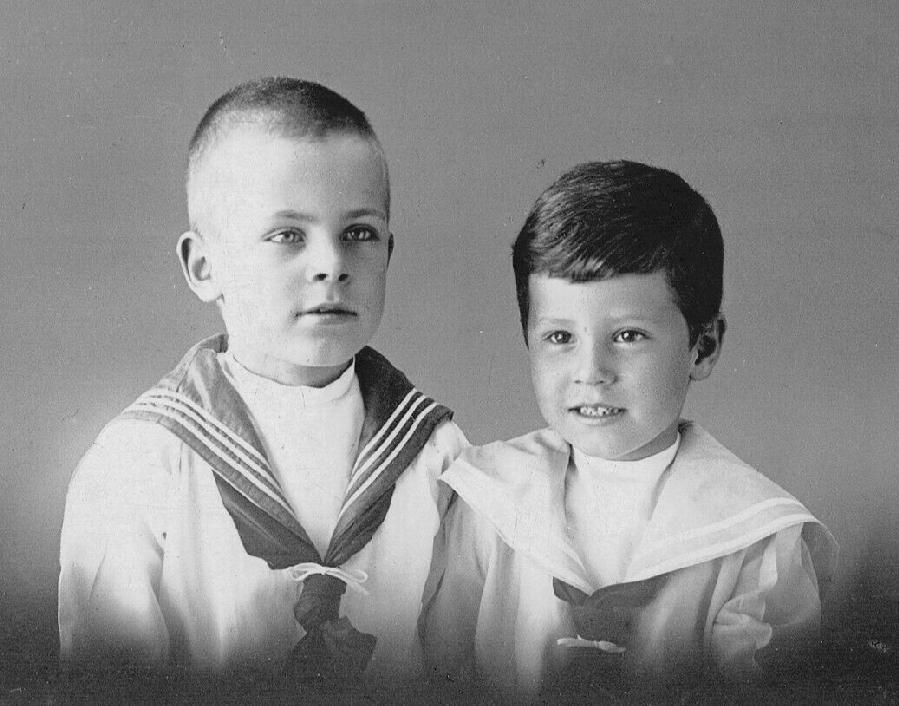
Figure 1.--These two unidentified boys are Austrian or German living in the Treaty Port of Tsingtao in northern China during 1900s. It would be seized by the Jaoanese in World War I. |

|
Until the mid-19th century, Westerners were a rarity in China, restricted to a few coastal ports. And they had to live under Chinese Imperial law. The Opium Wars changed this.
The European powers led by Great Britain imposed '"unequal treaties', free trade, extraterritoriality and treaty ports under foreign control. Treatly Ports were established all along the Chinese coast. This made it impossibe for the Chinese to control forigners in the country. Foreigners were given extraterritoriality rights. China was forced to tolerate foreigners who wished to enter and not just in a the Treaty Ports. All kinds of foreigners entered China. Merchants and traders for the most part remained primarily in coastal ports--the European treaty port enclaves. This was not the case for the missionaries who flocked to China with a desire to save souls they penetrated into the interior in places that foreigners had never before gone. The Christian missionaries in China are a particularly interesting topic. They founded schools, the first real modern schools in China. Engineers also came to China to work on railway and mining projects. One such engineer was a young Herbert Hoover and his wife. And a diplomatic community gew up in Beijing. And along with these Europeans were soldiers and civil servants needed to admminister the treaty ports. The reaction to these foreigners varied. Some Chinese were interested in them and desired to learn from them and to work for them. Other Chinese were offended by the presence of foreigners in China and their attitudes toward the Chinese. Many Europeans affected by racist attitudes looked down on the Chinese and sought to insulate themselves from the Chinese as much as possible. This was not the case of the missionaries, but was the case of many, but certainly not all, merchants, civil servants, and soldiers.
Related Chronolgy Pages in the Boys' Historical Web Site
[The 1880s]
[The 1890s]
[The 1900s]
[The 1910s]
[The 1920s]
[The 1930s]
[The 1940s]
[The 1950s]
[The 1960s]
[The 1970s]
[The 1980s]
[The 1990s]
[The 2000s]
Related Style Pages in the Boys' Historical Web Site
[Long pants suits]
[Knicker suits]
[Short pants suits]
[Socks]
[Eton suits]
[Mao jacket]
[Jacket and trousers]
[Blazer]
[School sandals]
[School smocks]
[Sailor suits]
[Pinafores]
[Long stockings]
Navigate the Children in History Website:
[Return to the Main 19th century westerns page]
[Return to the Main Qing Dynasty page]
[Return to the Main Chinese 20th century page]
[About Us]
[Introduction]
[Biographies]
[Chronology]
[Clothing]
[Disease and Health]
[Economics]
[Environmental issues]
[Geography]
[History]
[Human Nature]
[Law]
[Nationalism]
[Presidents]
[Religion]
[Royalty]
[Science]
[Social Class]
[Bibliographies]
[Contributions]
[FAQs]
[Glossaries]
[Images]
[Index]
[Links]
[Registration]
[Tools]
[Children in History Home]
